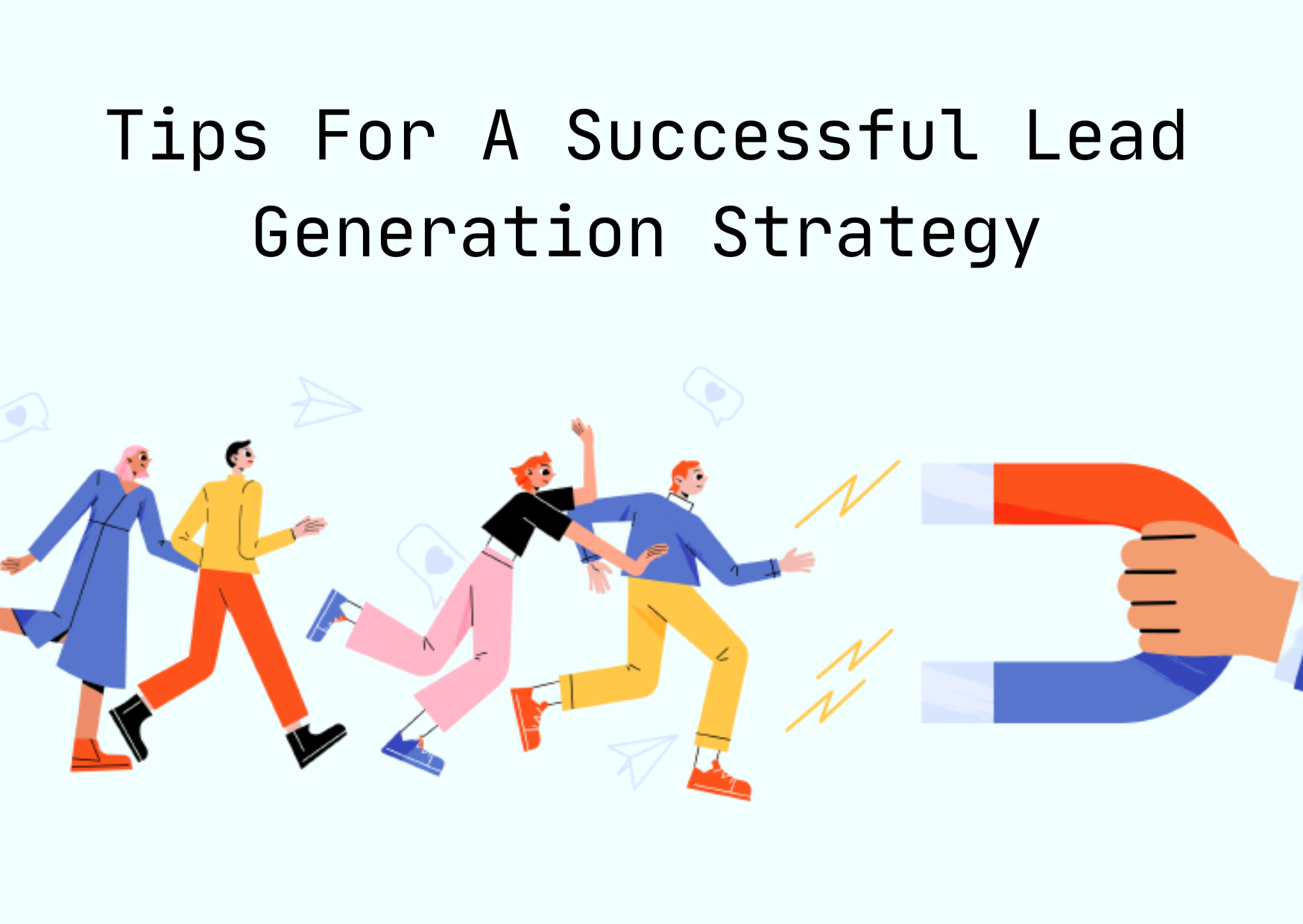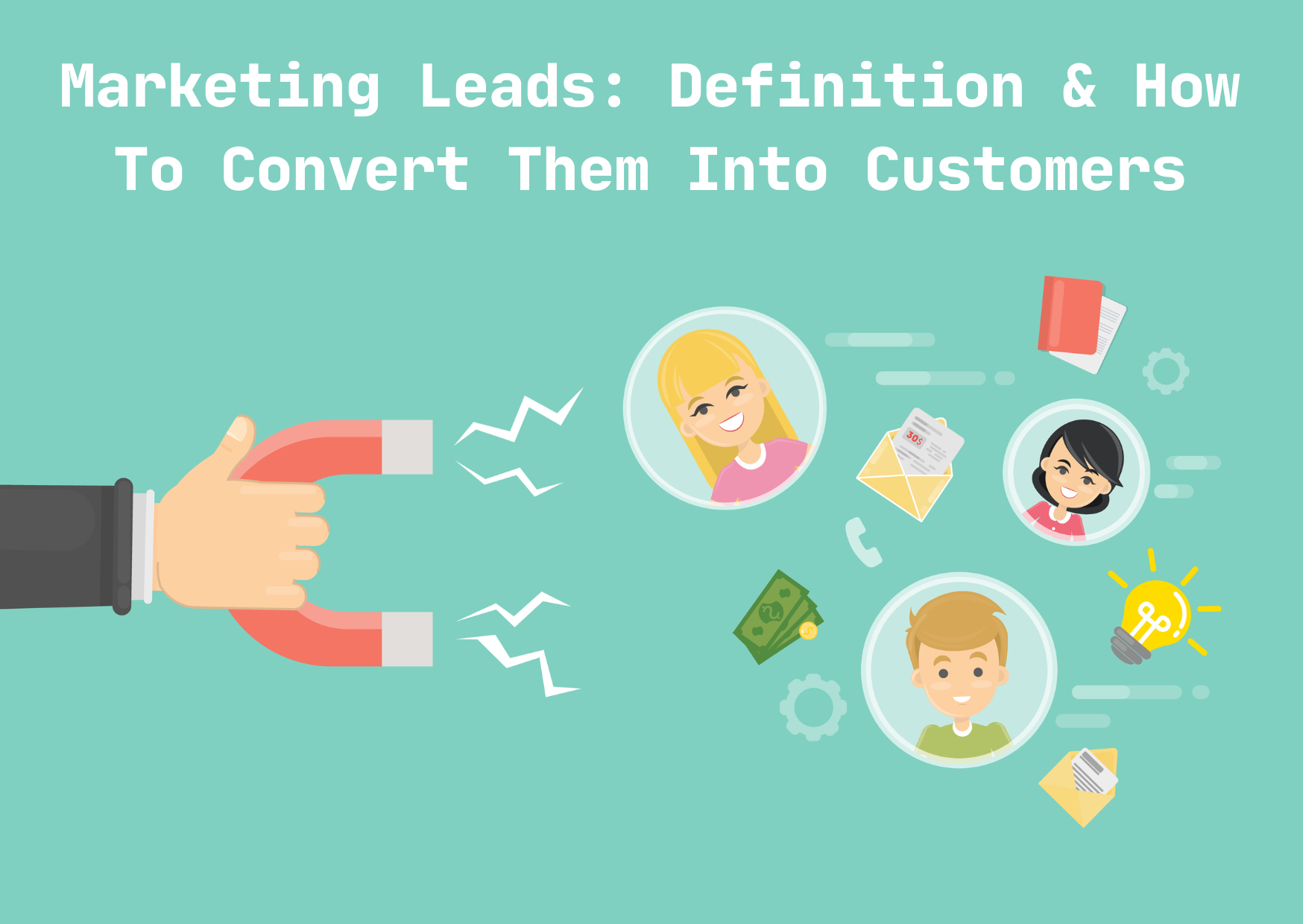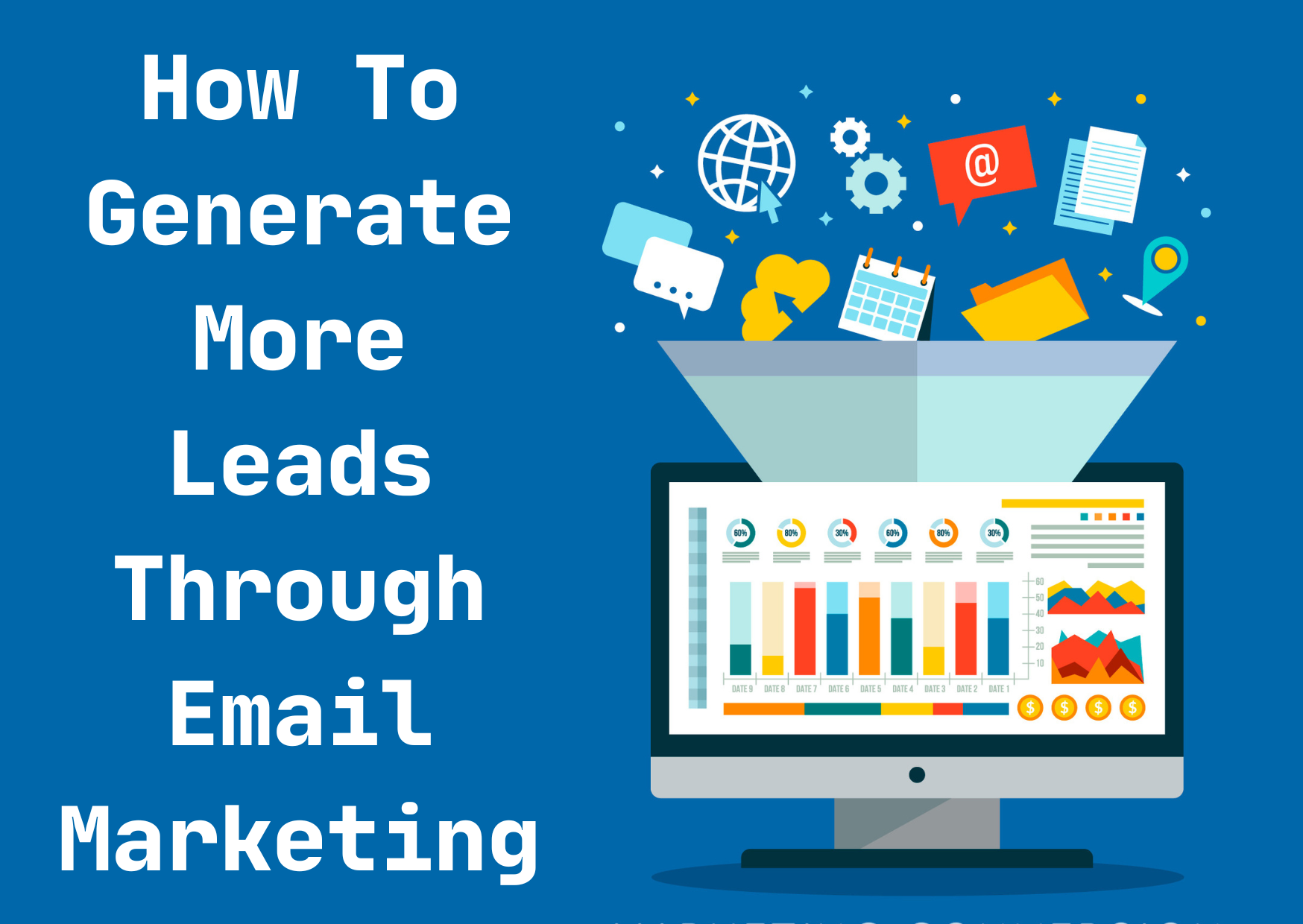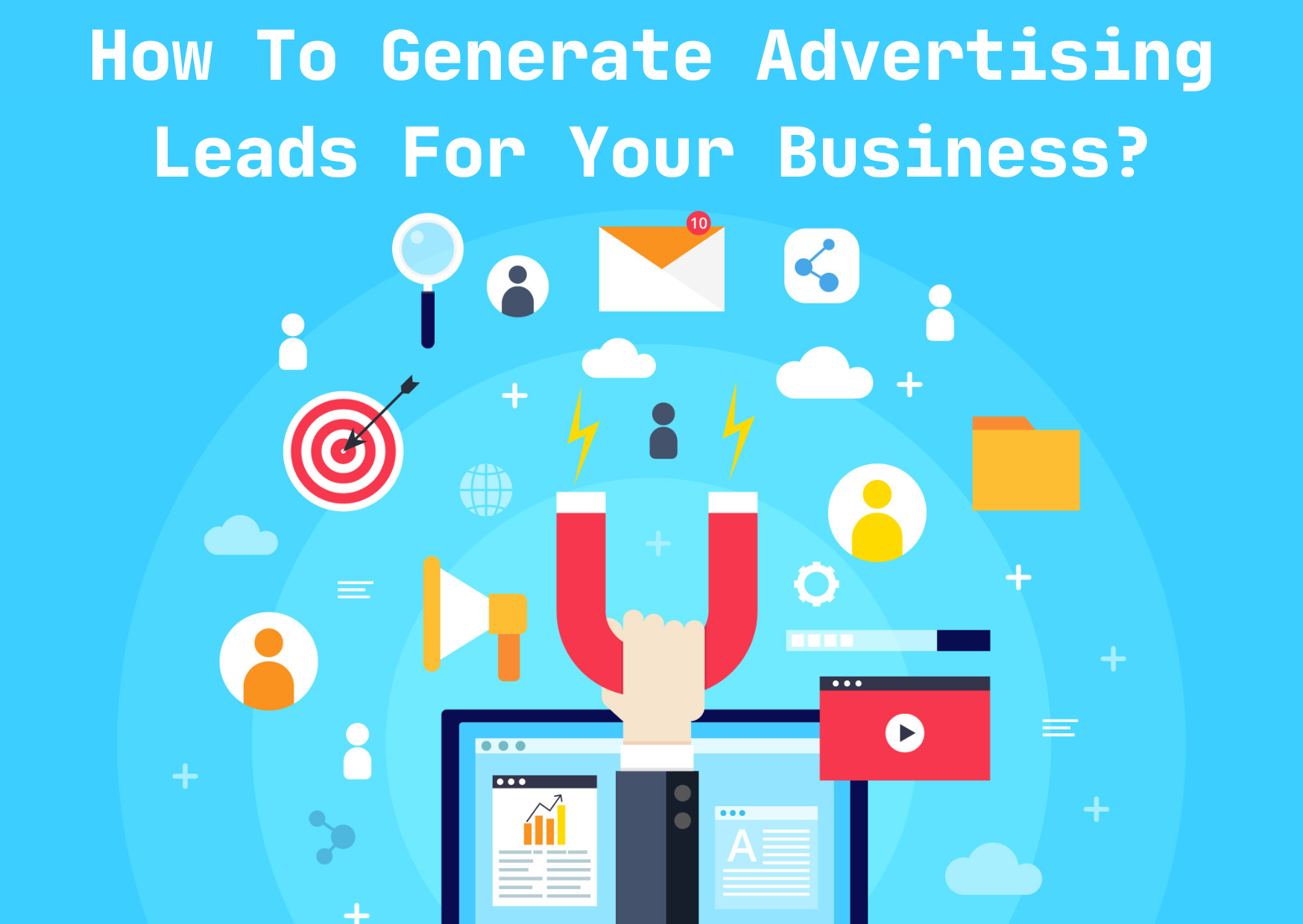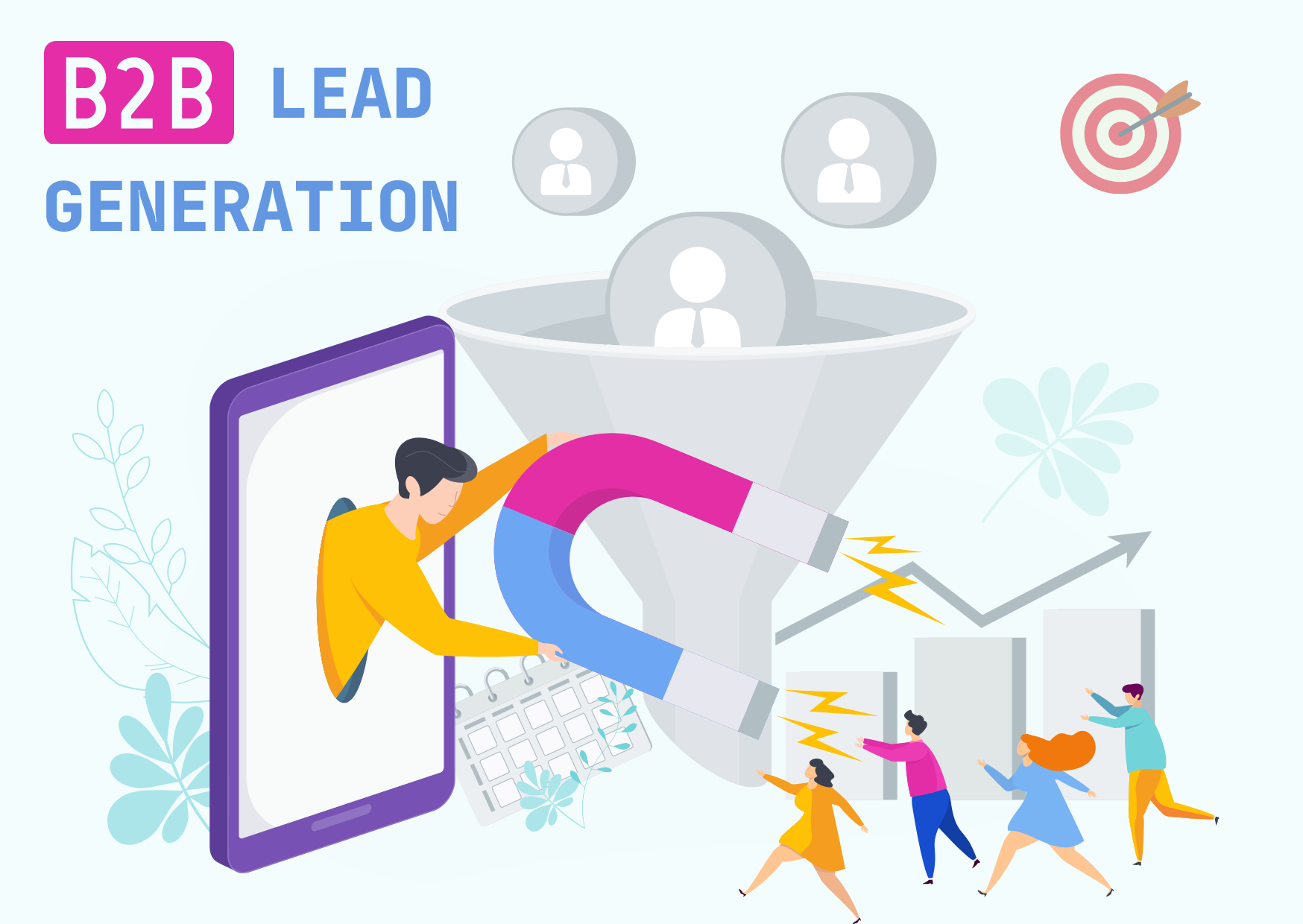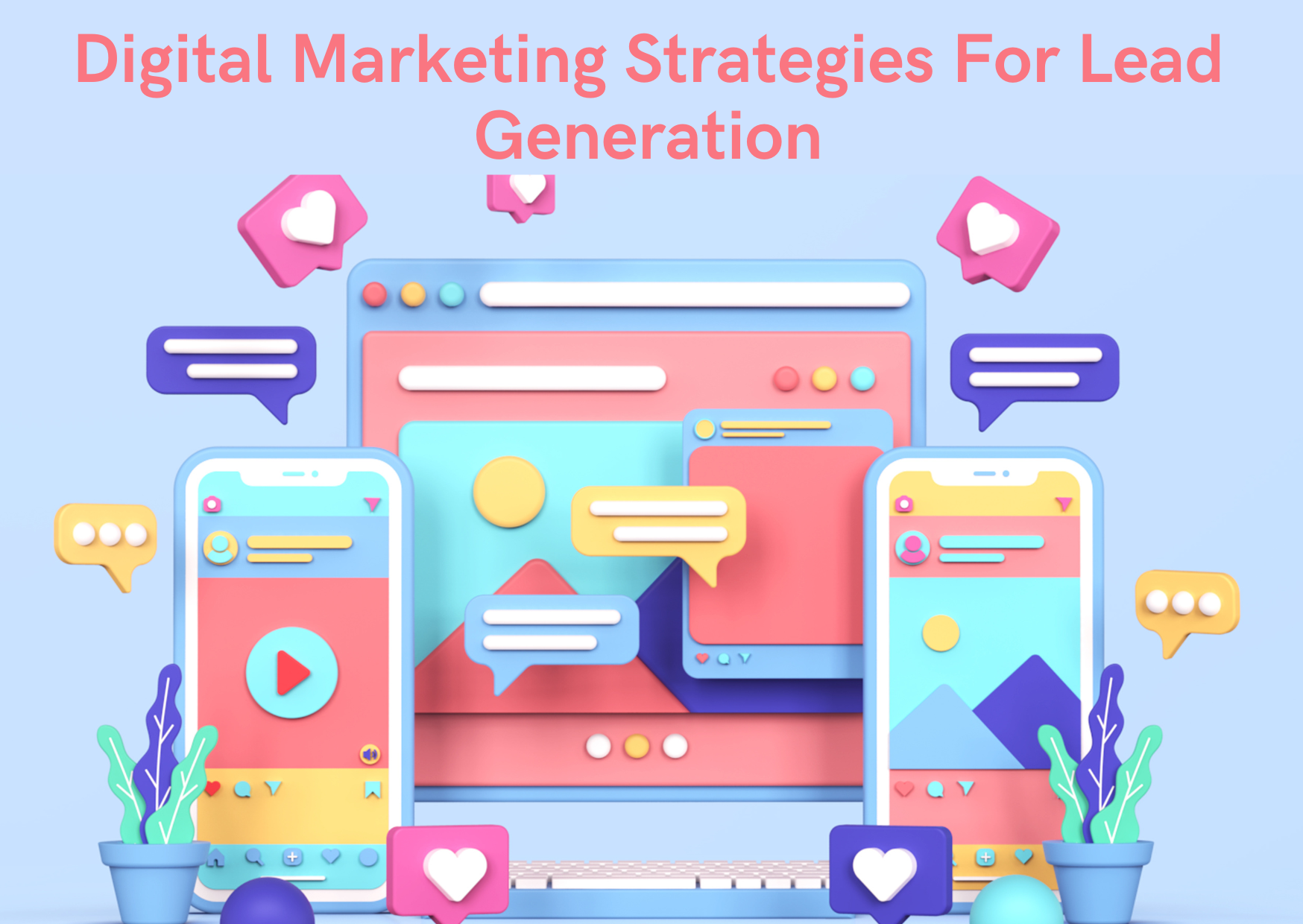When it comes to generating leads, there is no one-size-fits-all strategy. A lead generation strategy that works for one company may not work for another. This explains why the best companies understand that they must adapt their strategies to fit their unique needs. However, there are some basic principles that you can apply for a successful lead generation strategy.
Tips For A Successful Lead Generation
- Target the right person at the right time
- Use social media to build your sales pipeline
- Develop content around the buyer’s journey
- Keep monitoring your competition
- Start networking
- Track your website visitors
- Have the right tools to track your leads
- Use email marketing to nurture your potential audience
Target the right person at the right time
Before you begin any campaign, you need to know who your target audience is and what their needs are. You also need to identify their behavior patterns. So that you can send them information at the right time when they are most likely to respond positively to it.
Targeting those who have already expressed interest in what you do is much more effective than cold calling random people from a list. You should target people who have shown interest in what your company does. Because they are more likely to convert into paying customers than someone who hasn’t expressed any interest yet.
You need to target the right people at the right time to build a successful lead generation strategy for your business.
Use social media to build your sales pipeline
Social media is the perfect platform for building your sales pipeline. Whether you’re a startup or a large company, social media can be an effective way to generate leads and increase sales.
The first step in using social media for lead generation is building your presence on the channels that matter most for your business. You can use these channels to promote your products and services, as well as content from other sources that may be relevant to your target audience.
Develop content around the buyer’s journey
The buyer’s journey is a popular framework used by marketers to understand how your audience makes decisions and what they need at each stage of their buying process. It typically includes five phases, starting with awareness and ending with purchase.
To make sure your lead generation strategy is effective, you should develop content that fits into each phase of this process and addresses the most pressing needs of your target audience at any given time in their life cycle.
For example, if someone is just starting their research phase—when they’re learning about different products or services—you’ll want to provide them with helpful resources like blog posts, videos, or webinars that give them all the information they need upfront.
So they don’t have to search for it on Google later on down the road when they’re ready for more specifics about what it takes for someone like them who wants value out of whatever product or service you offer!
Keep monitoring your competition
It’s a good idea to keep track of your competitors. Keep track of their strengths, weaknesses, and market position. Know who they are and what they sell. This will help you develop your strategy to beat the competition in your niche or industry.
Keep monitoring their marketing strategies, product offerings, pricing structure, customer support, and sales process as if it was part of your own business plan.
You’ll want to know if they’re trying a new approach with their current customers (for example, free shipping). If that strategy works effectively for them then consider testing out something similar for yourself!
Start networking
Your network is your best asset when it comes to generating leads for your business. Every person you meet has the potential to be a source of leads. Start by reaching out to people who might be interested in what you have to offer. Then ask them how they’d like to learn more about your products or services. So they can make an informed decision about whether or not they want to work with you.
Track your website visitors
Tracking your website visitors is one of the most important parts of a successful lead generation strategy. Without this information, you’ll be flying blind in your marketing efforts and won’t know what works and what doesn’t.
When you track your website visitors, you’re analyzing exactly who is coming to your site and what they are doing when they get there. This can provide valuable insights into how to improve your website.
Have the right tools to track your leads
As you build your lead generation strategy, it’s important to have the right tools to track your leads.
You should be able to know when someone first becomes aware of your brand, whether they’ve visited your website or not, and which channels are generating the most interest in your business. This will help you shape future marketing efforts and improve engagement with potential customers.
To keep track of these things, we recommend using Google Analytics or Hubspot CRM.
You can also use Zapier to integrate data from multiple sources like email marketing platforms and Google Analytics into one place. So that all information is easily accessible without having to dig through multiple websites or programs.
Use email marketing to nurture your potential audience
Email marketing is the best way to communicate with your audience. It’s a great way to build relationships and deliver content that will be valuable for your customers, which also makes it a great lead generation tool.
You can use email marketing to sell products. But you should also consider using it as a way of building relationships and delivering value-based content. You could send weekly emails with useful information about how to use your product correctly or provide tips on how they can get more out of their experience with you.
Moreover, you could also promote events like webinars or seminars on topics relevant to your industry where attendees can learn more about what services you offer while providing some educational material that might pique their interest in purchasing from you later down the line (or maybe even right then).
We hope that these tips have given you some insight into how you can create an effective lead generation strategy for your business.
You can accelerate your lead generation process with the help of Mr.E tool, by EasyLeadz, the B2B contact data provider of top management.
How To Generate Leads
Lead Generation
Lead Generation Process
Lead Generation Strategy
